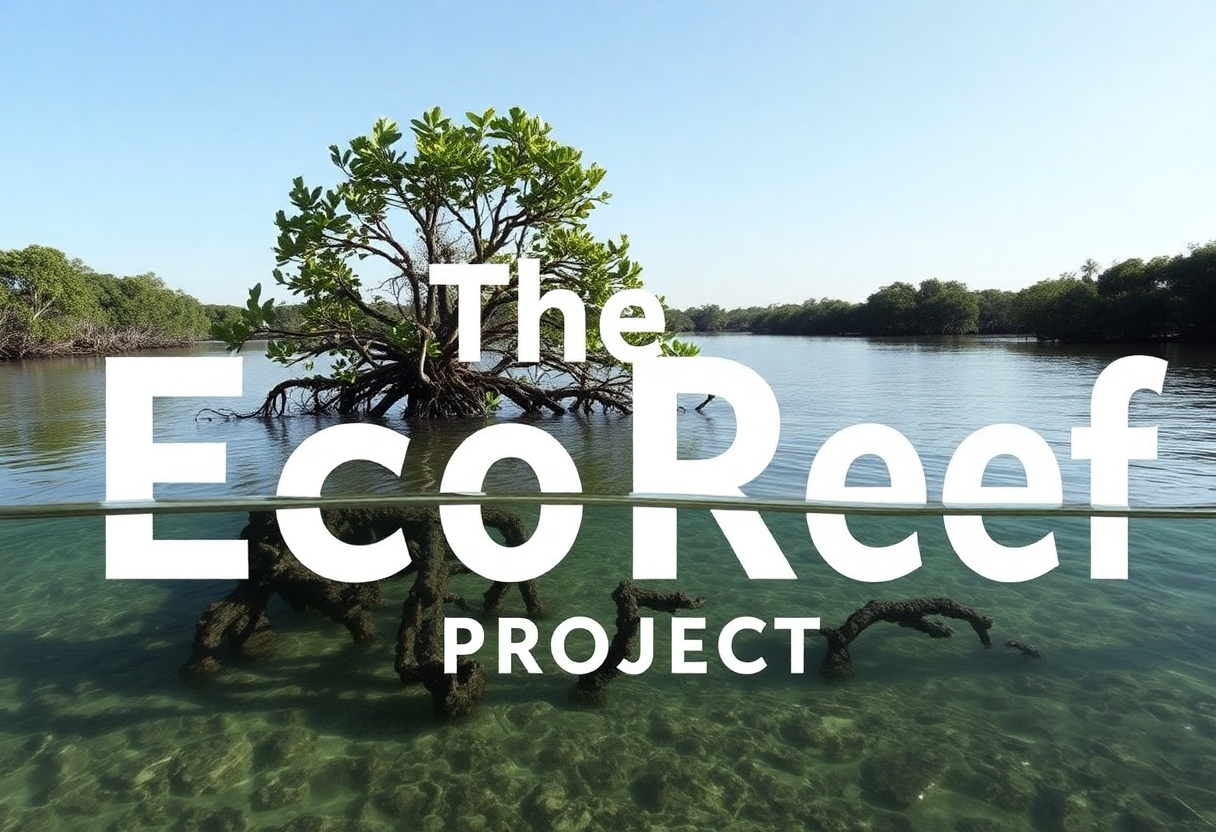Restoring Nature The Powerful Path To Wildlife Recovery

Restoring Nature
Can Rebuilding Environments Bring Wildlife Back?
As human activity continues to alter landscapes, many species have lost their natural habitats, leading to declines in biodiversity. However, efforts to restore ecosystems—through initiatives like planting native trees, rebuilding wetlands, and constructing artificial reefs—have shown promising results in bringing animals back to their former habitats. But how effective are these measures, and can they truly reverse the damage?
The Science Behind Habitat Restoration
Why Animals Leave an Area
Deforestation, urban expansion, pollution, and climate change disrupt ecosystems, forcing animals to migrate or disappear from certain regions. When food sources, nesting areas, or shelter become scarce, wildlife either adapts elsewhere or faces decline.
Rebuilding Environments to Support Wildlife
Habitat restoration involves reintroducing natural elements—such as native plants, water sources, and protected areas—that allow ecosystems to function as they once did. Scientific studies confirm that when ecological balance is restored, wildlife tends to return, repopulating the area over time.

The Role of Ecoreefs in Marine Restoration
Artificial Reefs as Homes for Marine Life
Ecoreefs—engineered structures designed to mimic natural coral reefs—are helping revive marine ecosystems. These reefs provide shelter for fish, coral polyps, and crustaceans, creating new habitats that attract diverse marine life.
Restoring Coral and Ocean Biodiversity
Damaged reefs suffer from coral bleaching, overfishing, and pollution. Artificial reefs offer a foundation for coral growth and marine species to recolonize, restoring biodiversity to degraded ocean regions.
Planting Native Trees to Recreate Forest Ecosystems
Why Native Trees Matter
Introducing native plants to deforested areas helps restore local ecosystems. Native trees and vegetation provide food and shelter for insects, birds, and mammals, forming the backbone of an environment that can support diverse species.
Reforestation Success Stories
Countries worldwide are investing in reforestation programs, seeing wildlife return as forests regenerate. For instance, large-scale tree planting initiatives have led to increased populations of previously threatened species, proving that nature can recover when given the right conditions.

How Wetland Restoration Benefits Wildlife
The Importance of Wetlands for Biodiversity
Wetlands serve as breeding grounds for fish, amphibians, and migratory birds. When wetlands are drained or polluted, these species disappear. Rebuilding wetlands restores these ecosystems, creating spaces for wildlife to thrive once again.
Returning Species After Wetland Restoration
Studies show that when marshes, lakes, and estuaries are restored, native fish, birds, and reptiles quickly repopulate these areas. Wetlands also improve water quality, benefiting the entire surrounding environment.
Restoring Grasslands and Meadows
The Role of Open Habitats in Wildlife Survival
Grasslands and meadows provide vital ecosystems for pollinators, grazing animals, and predatory species. When these landscapes are destroyed for urban development or agriculture, many species disappear. Restoring grasslands helps rebuild food chains and stabilizes local biodiversity.
Efforts to Protect and Replant Grasslands
Conservationists are working to restore grasslands by reintroducing native grasses, banning harmful pesticides, and reintroducing grazing animals like bison to naturally maintain ecosystems.

The Impact of River and Lake Rehabilitation
Reviving Aquatic Ecosystems
Freshwater habitats are crucial for many species, but pollution, dam construction, and climate change threaten rivers and lakes. Efforts to clean and restore waterways have led to increased fish populations and the return of water-dependent species.
How Water Quality Affects Wildlife
Cleaner rivers and lakes mean better food sources, safer breeding grounds, and healthier ecosystems. Filtering pollutants, restoring vegetation, and removing artificial barriers all contribute to wildlife resurgence.
Encouraging Wildlife Corridors for Migration
Why Connectivity Matters for Species Survival
Many species rely on migration, moving through different habitats for breeding, feeding, and seasonal changes. Human development often creates barriers that disrupt these natural movements. Wildlife corridors—protected pathways of natural landscapes—help animals move freely without risk.
Successful Examples of Wildlife Corridors
Projects around the world have introduced wildlife corridors, connecting forests, wetlands, and rivers to allow natural migration. These efforts lead to healthier populations and greater genetic diversity among species.
The Role of Community Involvement in Restoration Efforts
Local Action for Global Change
Grassroots movements and community-led restoration projects play a critical role in bringing wildlife back. Whether through small-scale reforestation or local conservation groups, individuals make a difference in rebuilding habitats.
Citizen Science and Conservation Initiatives
More communities are joining conservation efforts by tracking wildlife, planting native trees, and protecting endangered species. Public education ensures long-term awareness of the importance of biodiversity.

Challenges in Rebuilding Ecosystems
Human Development vs. Restoration Efforts
While restoring nature has proven effective, urban expansion and industrial development can slow or counteract these efforts. Striking a balance between conservation and human needs remains a significant challenge.
Long-Term Commitment to Sustainability
Restoration projects require consistent monitoring and protection. Without long-term efforts, progress can be reversed, making sustainable environmental policies essential for lasting change.
Conclusion
Environmental restoration—whether through planting native trees, rebuilding wetlands, or constructing artificial reefs—has proven effective in bringing animals back to their natural habitats. While challenges exist, science shows that when ecosystems are rebuilt with care, wildlife can recover and thrive. By continuing these efforts, humans can help restore balance to nature and protect biodiversity for future generations.
Join the Conversation
Have you seen wildlife return due to habitat restoration?
